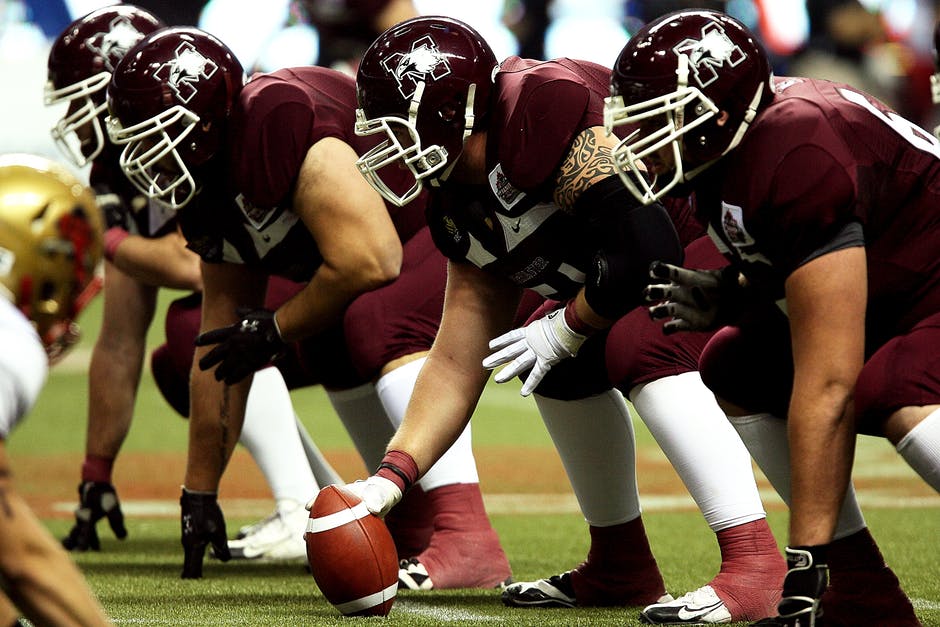In a previous post ( https://www.cissik.com/blog/2022/08/athletes-apply-force-in-a-horizontal-direction/ ), we talked about the need to develop an athlete’s ability to apply force in a horizontal direction. While weight room strength is really important, you have to keep in mind that most of those movements are vertical in nature, which means that teaching the application of that strength can be challenging. One great tool to teach this is the horizontal jumps.
This is often a challenging type of plyometric due to athletes not knowing how to apply their strength and power to them. Since they do a great job of teaching this ability they are an important tool for athletes.
Horizontal jumps can be classified as single effort jumps or multiple effort jumps. Single effort jumps involve an all-out effort, like the standing long jump. Multiple effort jumps involve several jumps linked together like the triple jump or hops.
If this is a focus, then these need to be prioritized in programming. That means we do not want to put them at the end of a session as an afterthought. To prioritize these should be done towards the beginning of a session after the warm-up. They could be done during a strength or power focused weight room session, during a speed/agility session, or on a session dedicated to plyometrics. We want all out effort, so the volume should be kept low (5-10 jumps and full recovery between each jump).
Here are some examples of incorporating:
Strength focused workout:
1. Warm up
2. Standing long jump, 5x
3. Back squats
4. Good mornings
5. Bench press
6. Bent over rows
7. Standing military press
Power-focused workout
1. Warm up
2. Standing triple jump, 5x
3. Power clean
4. Snatch pulls
5. Push jerk
Speed focused workout
1. Warm up
2. Mini hurdle hops, 5×10 yards
3. Resisted starts, 3×5 yards
4. 20 yard sprints, standing start, 5x


